
GO into any church and chances are you'll find, hanging from hooks behind the pews, colour-fully embroidered kneelers or hassocks. Many will be patterned with familiar Biblical motifs-a dove, a cross, a cup and so on. Some may have heraldic or royal insignia; others might be considerably more eccentric. In her wonderful new book, Kneelers: The Unsung Folk Art of England and Wales, Elizabeth Bingham offers illustrations of kneelers depicting a de Havilland DH 108 jet aeroplane, a stethoscope, beach huts, the Sizewell nuclear-power station and an oil rig.
Despite the kneelers' richness and diversity, we tend to overlook these often anonymous examples of skill, imagination and pride in community. Instead, we raise our eyes to the stained glass or the spire or the vaulting. The direction of our gaze is illustrative. Whether we've entered the church for devotional reasons or simply out of interest, we are all heirs of a prevailing view that encourages us to look up and to think, to reflect, to use our minds (and our guidebooks), rather than our bodies.
However, unlike the decorated windows or the architectural flourishes or the memorial tablets, these kneelers aren't for looking at (or not merely for looking at): they are useful. The kneelers modestly tucked under the pews are a reminder that we're in the church not only as enquiring minds, but as living bodies, with flesh and blood and creaking knee joints. These days, we're encouraged to 'read' a church as we would a text. Richard Taylor's 2003 book How to Read a Church makes no mention of kneelers in all of its nearly 300 pages.
This story is from the {{IssueName}} edition of {{MagazineName}}.
Start your 7-day Magzter GOLD free trial to access thousands of curated premium stories, and 9,000+ magazines and newspapers.
Already a subscriber ? Sign In
This story is from the {{IssueName}} edition of {{MagazineName}}.
Start your 7-day Magzter GOLD free trial to access thousands of curated premium stories, and 9,000+ magazines and newspapers.
Already a subscriber? Sign In
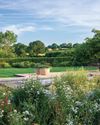
Shaping the view
Shaping the view The Cart House, near Boddington, Northamptonshire A Modernist garden was exactly the right choice for this newly converted agricultural building
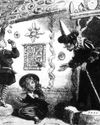
Snakes and snails and puppy-dog tales
Two kindred spirits made it their lives’ work to collect the smallest great poems of the world’s literature’, preserving for children the nursery rhymes, games and fairy tales no longer handed down by their mothers
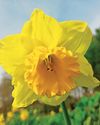
The ghost of golden daffodils
The flower remains the national emblem of Wales, but how many today are aware of the true Welsh or Tenby daffodil

Kentish variety
Renovations, showjumping and archbishops lend character to two period properties

History triumphs over invention.
A brilliantly acted historical play about two world leaders squaring up to each other outstrips two over-produced versions of Greek mythology, despite their imported Hollywood stars
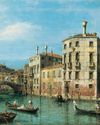
The lure of Venice
Vedute, the kaleidoscopic views of the maritime republic made popular by Canaletto, so enchanted the British that they not only collected them in large numbers, but soon began painting their own shimmering visions of the city

Power games and the battle for beauty
The Government’s plan to cover the countryside in ugly pylons with seemingly no regard for aesthetics must be vigorously challenged

Mad as a box of frogs
With genes that bear an uncanny resemblance to our own, our amphibious frog friends have aided medical advances and captivated many cultures with their mystical powers, discovers Ian Morton
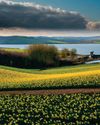
Follow the yellow brick road
\"IN the 100th year since the death of the man who saved the daffodil I from extinction, the RHS hopes to safeguard the bulb from the perils of a changing climate.
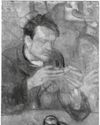
Picasso's mystery lady
A MYSTERIOUS woman has been discovered A under underneath Picasso's Portrait of Mateu Fernández de Soto (1901).